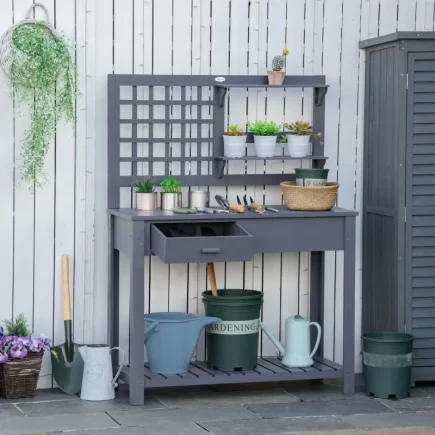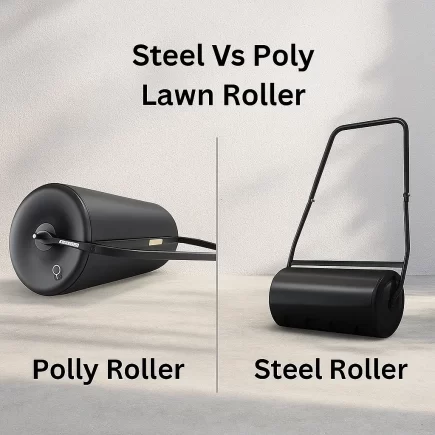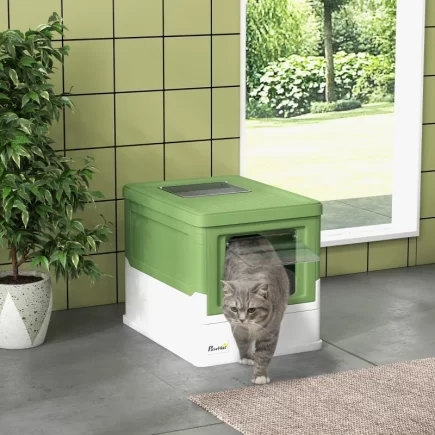Raised garden beds are an excellent way to grow plants while improving accessibility and promoting better drainage. However, to ensure that your garden remains healthy and productive, regular cleaning and maintenance are essential. Cleaning your raised garden bed not only removes old plant debris but also sets the stage for a thriving garden by improving soil health, reducing pests and diseases, and preventing future weed growth.

In this expert guide, we will explore the step-by-step process of cleaning out your raised garden bed, highlighting practical techniques, tips, and recommendations. With a focus on efficiency and longevity, you’ll be ready to maintain a garden bed that is both productive and aesthetically appealing.
Clearing Old Plant Growth
One of the first steps in cleaning your raised garden bed is removing any old plant material. This is crucial to ensure that your bed is free from disease and pests, and it also makes space for new plants.
- Recommended tools:
- Gloves: Protect your hands from dirt, thorns, or potential chemicals in the soil.
- Pruners: Cut back any remaining plant material that can’t be pulled easily by hand.
- Rake: Use a rake to gather and remove any leftover plant debris or dead leaves.
- Pulling out or cutting back old plants: If there are any remaining vegetables, flowers, or weeds, remove them by hand or with garden pruners. Be sure to pull out the roots, as leaving roots behind can cause regrowth, especially for perennials and weeds.

Weed Control Methods
Weeds are one of the most persistent challenges in gardening, and they tend to pop up quickly in a raised garden bed. A clean bed starts with effective weed management.
Weed Removal Techniques:
- Manual vs. Mechanical Weed Removal:
- Manual: Hand-pulling weeds or using a hoe is often effective for small patches.
- Mechanical: For larger areas, tools like a weed whacker or tiller can quickly remove weeds and their roots.

- Using plastic, newspaper, or cardboard to smother weeds:
- Layering these materials over the soil can block sunlight and prevent weeds from growing. Plastic sheets, newspaper, or cardboard act as barriers that inhibit weed germination while enriching the soil as they break down.

Preventing Weeds:
- Apply Mulch: Once you’ve removed weeds, adding a thick layer of mulch can help prevent new ones from emerging. Mulch keeps the soil moist and suppresses weed growth.
- Landscape Fabric: Consider installing weed barriers like landscape fabric for long-term control.
Mushroom Cleaning and Removal
Mushrooms can appear in your garden when there is excess moisture or decaying organic matter. While not all mushrooms are harmful, some can attract pests or signal fungal issues in the soil.
How to Get Rid of Mushrooms:
- Manual removal: The simplest method is to manually remove mushrooms as soon as they appear. Wear gloves and discard them in the compost pile.

- Improve Drainage: Mushrooms thrive in damp conditions. Ensure your garden bed has adequate drainage, either through proper soil aeration or adding a layer of gravel at the bottom of the bed to allow water to escape.
Preparing the Soil
Once the bed is clear of plant debris and weeds, the next step is to prepare the soil for new plantings.
Aerating the Soil:
- Why Aerate?: Aerating helps to break up compacted soil, improving root penetration and water infiltration.
- How to Aerate: Use a hand fork or garden spade to loosen the soil to a depth of about 3–4 inches. This is particularly important in raised garden beds, as the soil can become compacted over time due to frequent watering and plant growth.

Adding Fertilizers or Soil Amendments
After preparing the soil, it’s time to give it a nutrient boost. Adding organic matter like compost or using specific fertilizers ensures the soil is rich in nutrients for your new plants.
Choosing the Right Fertilizer:
- Compost: A well-balanced, organic compost is usually the best choice for raised garden beds. It improves soil texture, helps balance pH, and provides slow-release nutrients.
- Other Fertilizers: Based on soil tests, you may need to supplement your compost with specific fertilizers to address nitrogen, phosphorus, or potassium deficiencies.

Disposing of Garden Waste
Properly disposing of garden waste ensures that your raised bed stays clean and that any potential pests or diseases aren’t reintroduced into the soil.
Handling Debris:
- Compost: Organic materials like leaves, stems, and flowers can be composted to return nutrients to the soil.
- Diseased Plants: Diseased plants should be disposed of in the trash to avoid spreading pathogens.
Mulching for Garden Health
Mulch serves multiple functions in a raised garden bed: it retains moisture, suppresses weeds, and insulates the soil. After planting, applying mulch is one of the most important steps for long-term garden health.
Best Mulching Practices:
- Types of Mulch: Organic mulches like wood chips, straw, or shredded leaves are ideal for raised garden beds. These materials decompose over time, improving soil health.

- Mulch Thickness: Apply at least 3 inches of mulch to effectively suppress weeds and retain moisture.
Seasonal Cleanup: Fall vs. Spring
Each season requires specific tasks to maintain your raised garden bed. Fall and spring are particularly important times to clean and prepare your garden for future growth.
Fall Cleanup
- Remove all plant debris, especially diseased or infected plants.
- Add a layer of mulch to protect the soil from freezing temperatures.
- Cover the bed with a tarp or row cover to protect against frost.
Spring Cleanup
- Clean out any leftover winter debris and add fresh compost to rejuvenate the soil.
- Prepare the bed for new crops by checking soil conditions and removing any remaining weeds.
Cleaning out your raised garden bed is a necessary task for maintaining a productive, healthy, and aesthetically pleasing garden. By following these detailed steps from clearing old plant growth to managing weeds, mushrooms, and soil amendments you’ll ensure that your raised garden bed remains in top condition throughout the growing season.To get started, explore Aosom’s wide selection of Raised Garden Beds to find the perfect structure for your gardening needs.
FAQs
1. Should I stain my raised garden bed?
Staining your raised garden bed is a personal choice. If you use untreated wood like cedar or redwood, it may not need staining, as these woods are naturally resistant to decay. However, staining can protect the wood from weathering and extend its lifespan.
2. When should I start cleaning my garden beds?
Start cleaning your garden beds in early spring, before new planting begins. Remove dead plants, weeds, and any leftover debris from the previous season. This helps reduce pests and diseases that may linger in the soil.
3. Should I leave dead plants in the garden bed?
Leaving dead plants in your garden bed can attract pests, such as aphids and fungi, which could harm your soil and other plants. It’s best to remove dead plants to prevent the spread of disease and to make room for new growth.




























